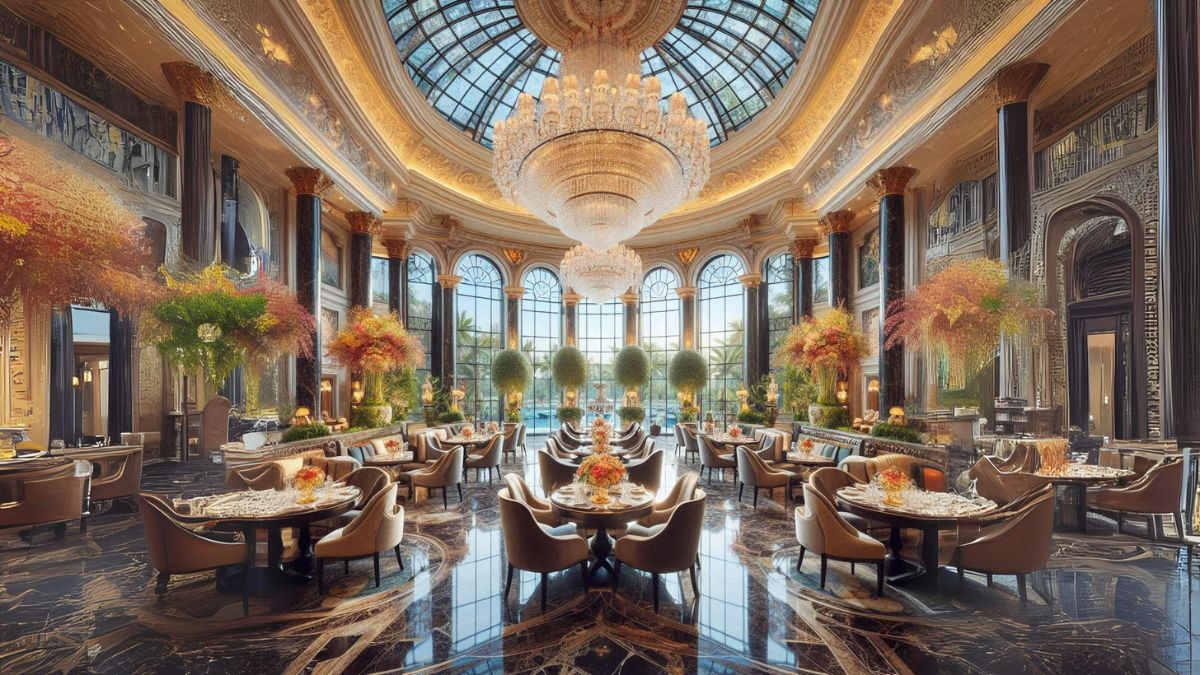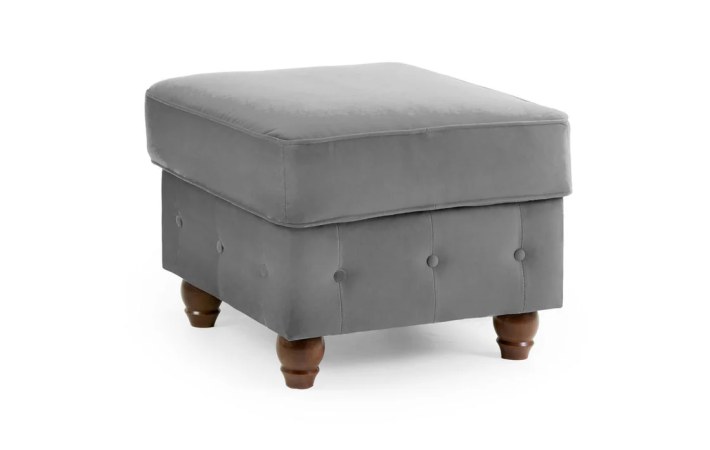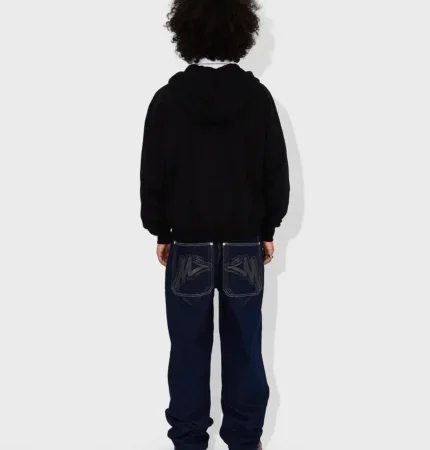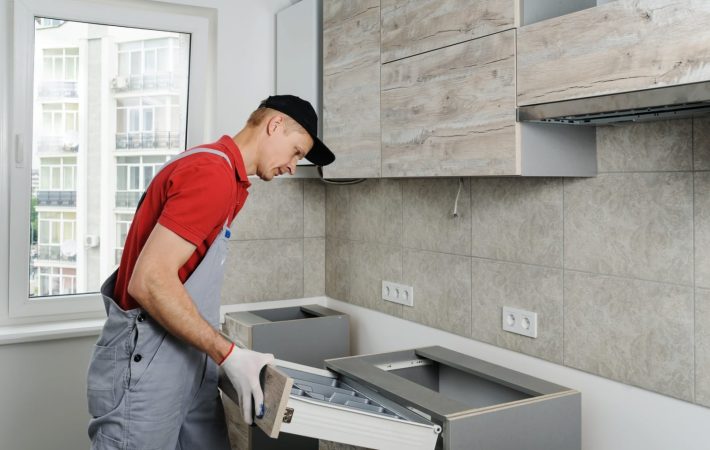Designing a restaurant interior can be both exciting and challenging. A well-designed restaurant creates a memorable experience for customers. It encourages them to return and recommend your place to others. However, a poorly designed space can turn diners away. To help you navigate this crucial aspect, we’ve gathered expert tips on the dos and don’ts of restaurant interior design for 2024.
Do: Understand Your Concept
Your restaurant’s concept should drive its design. Whether you’re opening a cozy cafe or a modern fine dining restaurant, the design must reflect this concept. For example, a rustic theme might use wooden furniture and warm colors. In contrast, a sleek, modern restaurant might opt for minimalist decor and cool tones. Aligning your design with your concept ensures a cohesive and appealing space.
Don’t: Ignore Functionality
Aesthetics are important, but functionality is crucial. Your restaurant should be easy to navigate for both customers and staff. Ensure there is enough space between tables for comfortable movement. The kitchen layout should facilitate efficient food preparation and service. A well-designed, functional space enhances the dining experience and improves workflow.
Do: Prioritize Lighting
Lighting sets the mood in a restaurant. Natural light can make a space feel inviting during the day. At night, soft, warm lighting creates a cozy atmosphere. Use a mix of ambient, task, and accent lighting to highlight different areas of the restaurant. Adjustable lighting can help set the right mood at different times of the day.
Don’t: Overlook Acoustics
Noise levels can significantly impact the dining experience. While a lively atmosphere is good, excessive noise can be off-putting. Use sound-absorbing materials like carpets, curtains, and acoustic panels to control noise. Background music should complement the ambiance without overpowering conversations.
Do: Choose Durable Materials
Restaurants face heavy wear and tear. Choose durable materials that can withstand daily use. Opt for high-quality furniture and finishes that are easy to clean and maintain. Investing in durable materials saves money in the long run and keeps your restaurant looking good.
Don’t: Overcrowd the Space
Overcrowding can make your restaurant feel cramped and uncomfortable. Avoid squeezing in too many tables. Ensure there is enough space for customers to dine comfortably and for staff to move around easily. A well-spaced layout improves the dining experience and enhances service efficiency.
Do: Incorporate Local Elements
Adding local elements can give your restaurant a unique touch. It could be artwork from local artists, locally sourced materials, or decor that reflects the local culture. This not only makes your restaurant stand out but also resonates with the local community.
Don’t: Follow Trends Blindly
Trends come and go, but your restaurant’s design should stand the test of time. While it’s good to be aware of design trends, don’t follow them blindly. Choose elements that align with your concept and will remain appealing for years. Classic and timeless designs often have the most lasting appeal.
Do: Create a Comfortable Atmosphere
Comfort is key to a great dining experience. Choose comfortable seating that encourages customers to linger. Ensure the temperature is well-regulated. Pay attention to details like the height of tables and chairs, the softness of cushions, and the comfort of booths.
Don’t: Neglect the Restrooms
Restrooms are an extension of your restaurant’s dining space. They should be clean, well-maintained, and consistent with your overall design. Regularly check restrooms to ensure they are well-stocked and spotless. A well-designed restroom leaves a positive impression on customers.
Do: Use Color Strategically
Color plays a significant role in setting the mood. Warm colors like red and orange can stimulate appetite and create a lively atmosphere. Cool colors like blue and green can have a calming effect. Use colors that complement your restaurant’s concept and desired ambiance.
Don’t: Forget About Accessibility
Accessibility is not just a legal requirement but also a moral one. Ensure your restaurant is accessible to everyone, including people with disabilities. This includes ramps, accessible restrooms, and sufficient space for wheelchairs. An inclusive design welcomes all customers.
Do: Keep It Clean and Tidy
Cleanliness is non-negotiable in the restaurant industry. A clean and tidy space makes a positive impression on customers and ensures their safety. Regularly clean all areas, including the dining room, kitchen, and restrooms. Clutter-free spaces look more appealing and professional.
Don’t: Overcomplicate the Design
Simplicity often works best in restaurant design. Overcomplicating the design can make the space feel chaotic and overwhelming. Focus on a few key elements that highlight your concept. A simple, clean design often provides the best dining experience.
Do: Pay Attention to the Entryway
The entryway is the first impression customers get of your restaurant. It should be welcoming and reflect the overall design theme. Consider adding comfortable seating for waiting customers, attractive signage, and decor that hints at what they can expect inside.
Don’t: Forget About Seasonal Updates
Keeping your F&B design fresh can be as simple as adding seasonal touches. This could be changing the decor to match the season or special occasions. Seasonal updates show attention to detail and keep customers engaged.
Do: Seek Professional Help
Designing a restaurant can be complex. Seeking help from professional interior designers can make a significant difference. They bring expertise and creativity, ensuring your restaurant looks great and functions well. Professionals can also help you avoid costly mistakes.
Don’t: Underestimate the Importance of a Theme
A strong, well-defined theme can set your restaurant apart. It creates a cohesive experience for your customers. Every element, from the menu to the decor, should support this theme. A well-executed theme enhances the dining experience and leaves a lasting impression.
Do: Consider the Customer Journey
Think about the customer journey from the moment they enter until they leave. The layout should guide them naturally through the space. Signage, lighting, and decor can help create a seamless flow. Consider every touchpoint, from greeting at the door to paying the bill.
Conclusion
Designing a restaurant interior requires balancing aesthetics with functionality. By following these dos and don’ts, you can create a space that not only looks great but also provides a memorable dining experience. Remember, the design should reflect your restaurant’s concept, prioritize comfort, and be accessible to all. With thoughtful planning and attention to detail, your restaurant can stand out in 2024 and beyond.
Read More Blogs on: Sagar Tools







Leave a comment
Your email address will not be published. Required fields are marked *